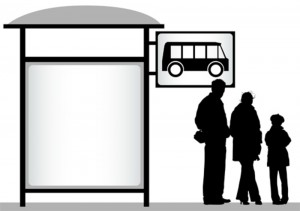How to Read – Step 3
How to Read – Teach Size, Shape, Opposites, Order
- Teach size and order
- Teach shapes: circle, rectangle, square etc.
- Teach opposites.
- Teach beginning middle and end.
When you teach your child how to read, they will need to be able to order the letters in words and write the letters. The above skills will be needed in order to master learning how to read. You will be doing a lot of work on sound segmenting and blending when you teach your child how to read. Hence, they will need to understand what you are talking about when you ask them to look at the first or last letter in the word. Also, which letters are short, tall or have tails like the letters ‘g’ and ‘y’. When learning how to read, your child needs to be able to line up everyday objects in order of size. Whether they are their toys, coins, books or buttons, any object with similarities will do. Is the first person standing at the bus stop the tallest or the shortest? Order these pencils by their size. What is the opposite of hot? Which girl has the darkest hair? Group together shapes. For example: All of the square objects or order shapes according to how many sides they have. Helping you tidy up is a good way to begin to teach your child how to read. They will be learning to sort objects and shapes in a natural environment. Learning how to read will be a natural extension of what they have learned so far.
How to Read – Step 4
How to Read – Improve Dexterity and Co-ordination
Learning how to read and write also involves dexterity and co-ordination. These skills need to be trained and improved upon. The child will need to be able to see the differences between letters and observe height and shape in order to write them. Detailed tasks which need careful work, like colouring within the lines, develops dexterity, coordination and motor skills. These tasks enhance learning how to read. Artistic activities will help the child to develop a desire for precision. This in turn helps reading, writing and spelling. When learning how to write as well as learning how to read, use a plastic letter stencil as a guide when they first write their name. It will teach them the height and width of letters. Completing jigsaw puzzles with increasingly smaller size pieces will help them learn how to read through the observation of subtle differences in shape and colour. They will also need to be able to pick up the pieces and move them into position. This too needs eye/hand co-ordination. Cutting with scissors will also develop the motor skills needed to be able to hold a pencil and draw letter shapes. There are lots more helpful ideas for preparing a child for learning how to read in ‘Practice Reading and Speaking‘. Learning how to read and write involves so much more than just thinking skills. To see a preview of this remarkable ‘how to read’ eBook and buy Practice Reading and Speaking click here.
readandspeakenglish@gmail.com
© www.teachreading.info 2013